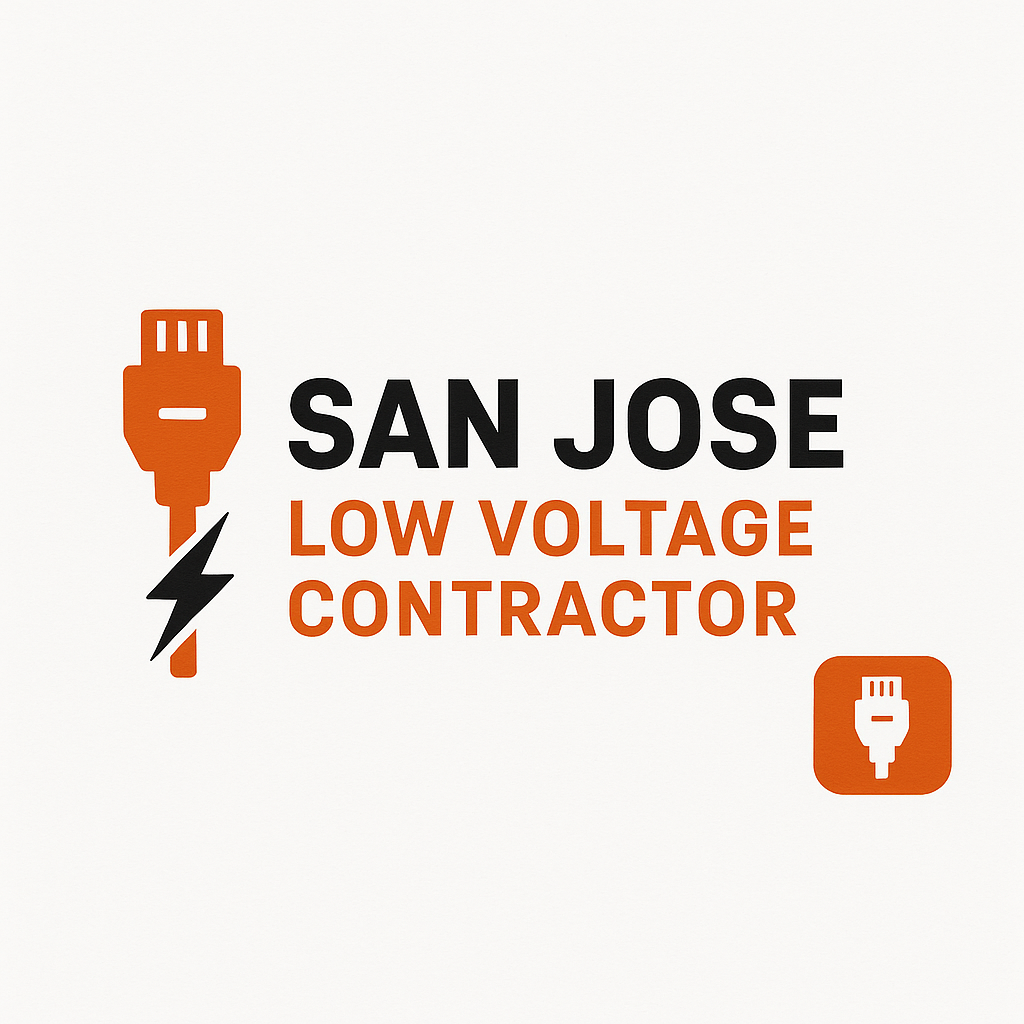How to Test Network Cabling in San Jose | Step-by-Step Guide for Reliable Connections
Reliable network cabling is essential for every San Jose business, whether it’s a startup in downtown’s tech corridor or a growing company in the industrial areas of North San Jose. Poor cable performance can cause slow internet speeds, data loss, and network downtime. This guide explains how to test network cabling efficiently using professional methods and tools while ensuring compliance with local standards and best practices.
Understanding Network Cable Testing
Network cable testing involves verifying the performance, continuity, and integrity of data cables, typically Cat5e, Cat6, or fiber optic types. Testing ensures that cables meet performance specifications for speed, attenuation, and signal quality before or after installation.
In San Jose, where high-speed connectivity supports a strong technology-driven economy, accurate cable testing helps maintain efficient office operations and minimizes troubleshooting costs later on.
Why Network Cable Testing Matters in San Jose
- High-Speed Business Demand:
With many tech companies and data centers operating in the region, ensuring reliable network cabling is critical for bandwidth-intensive applications. - Compliance and Quality Control:
Local IT contractors and building managers often require compliance with structured cabling standards to ensure long-term reliability and scalability. - Preventing Downtime:
Proactive testing prevents costly interruptions caused by faulty connections, damaged cables, or improper terminations. - Optimized Network Performance:
Accurate cable certification ensures that each data line supports the intended transmission speeds, essential for modern VoIP, cloud computing, and smart office systems.
Essential Tools for Network Cable Testing
To accurately test network cabling, technicians use several key tools:
- Cable Tester: Basic testers verify pin continuity and wiring configuration.
- Certification Tester: Used for professional-grade testing to certify Cat5e, Cat6, and Cat6A cables.
- Toner and Probe Kit: Helps locate and identify cables within a patch panel or wall outlet.
- Fluke Networks Analyzer (or equivalent): Measures parameters such as crosstalk, attenuation, and return loss.
- Multimeter: Verifies electrical continuity and detects possible shorts.
Local technicians in San Jose often rely on advanced certification tools since many local businesses require documented proof of cable quality for IT audits or building compliance.
Step-by-Step Guide: How to Test Network Cabling
1. Visual Inspection
Before using any tools, inspect cables and connectors for damage, kinks, or improper bends. Check the patch panel and outlets to ensure all terminations are secure and labeled properly.
2. Continuity Testing
Use a simple cable tester to verify that each conductor is connected correctly from one end to the other. This ensures no open wires or shorts exist within the cable.
3. Wire Map Verification
Confirm that all eight conductors in twisted-pair cables are correctly aligned according to T568A or T568B wiring standards. Miswiring can result in reduced signal quality or complete failure.
4. Length and Performance Testing
Advanced testers measure cable length and determine if it falls within acceptable distance limits for its category (e.g., 100 meters for Cat6).
5. Signal and Crosstalk Testing
Certification tools measure parameters such as Near-End Crosstalk (NEXT) and Return Loss to assess data signal quality. Excessive crosstalk can cause performance issues in high-speed environments.
6. Documentation and Reporting
After testing, record all results for quality assurance. Many San Jose IT departments require detailed reports to verify compliance with internal and industry standards.
Common Network Cable Issues Detected During Testing
- Improper terminations or loose connectors
- Excessive cable bends or tight turns
- Crosstalk interference from nearby power lines
- Incorrect cable category used for the required network speed
- Physical damage due to environmental factors or mishandling
Addressing these problems early ensures stable, high-performance connections across your entire network infrastructure.
Local Insight: Network Testing Standards in San Jose
San Jose businesses often operate in multi-tenant office buildings and renovated industrial spaces. These environments may contain older cabling that doesn’t meet current bandwidth needs. Regular cable testing and certification help businesses comply with structured cabling guidelines and maintain efficient communication systems.
Local technicians are also mindful of building codes and safety regulations when performing tests, especially in commercial or industrial areas where multiple systems coexist within shared conduits.
Best Practices for Maintaining Tested Cables
- Label all cables clearly after testing
- Schedule routine performance checks every 12–24 months
- Keep cables organized and separated from power lines
- Use quality patch cords and certified connectors
- Maintain temperature control in network closets to prevent overheating
By following these maintenance steps, San Jose businesses can ensure their network remains fast, reliable, and compliant with performance standards.
Conclusion
Testing network cabling is an essential process for ensuring optimal network reliability and speed. In San Jose’s fast-paced business environment, where technology drives productivity, consistent cable testing helps maintain efficiency and prevent costly downtime. Whether you manage a data center, an office building, or a growing business, regular testing ensures your network supports your operations with dependable performance and compliance.
